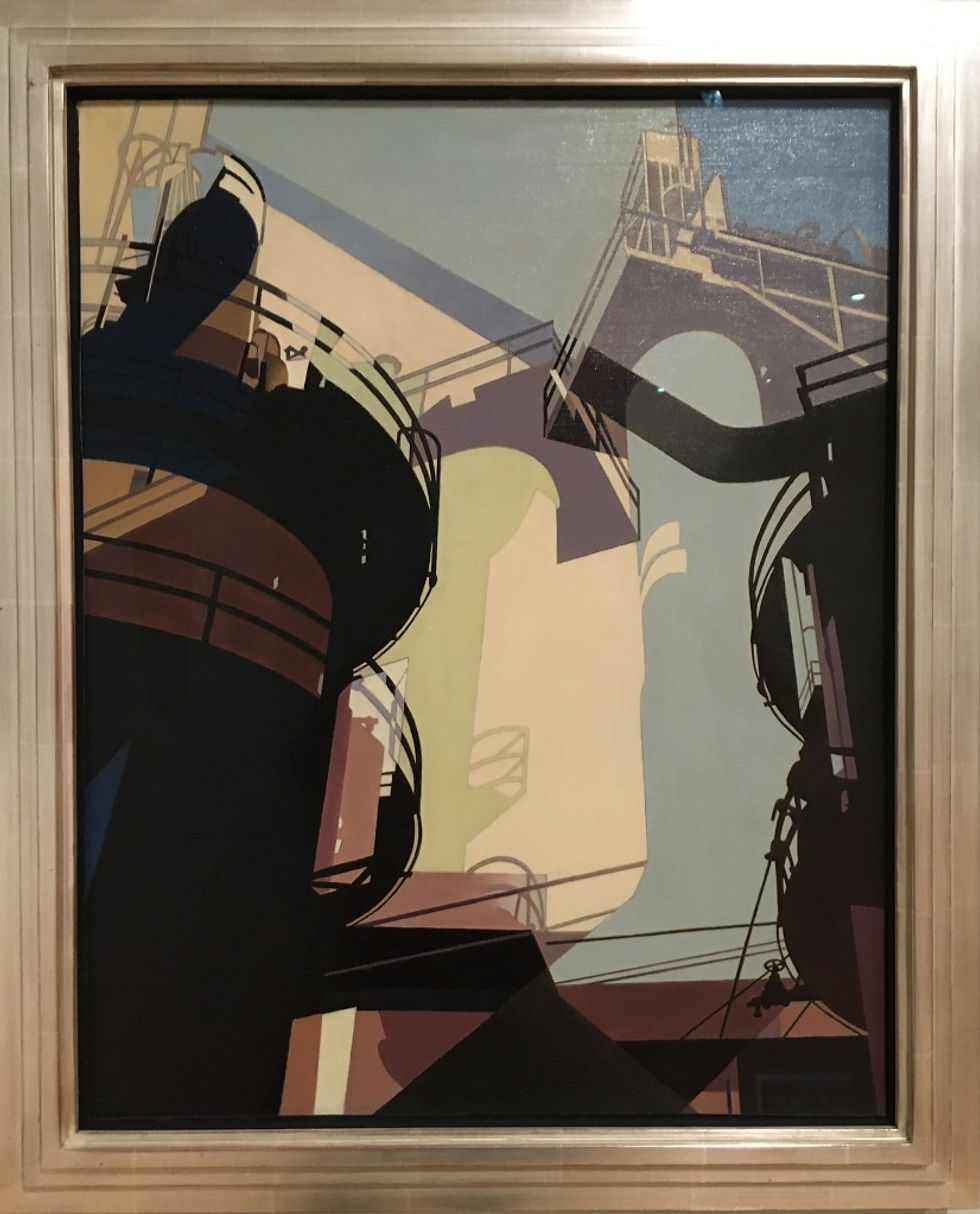The Workings Of A Book Collage
- Melinda Tidwell

- Jul 4, 2021
- 2 min read
Collage allows you to use almost anything, so it can be a long process to discern what materials interest you the most. The current day magazines were fantastic for exploring color and shape in abstract composition, but the material itself was not very satisfying to work with.
When I began to explore using old books as a collage material, I really hit a goldmine. There was a free bookstore, open only on weekends, where you could take up to 100 books at a time. Many people brought their old, unwanted books to this shop and volunteers would sort and rack them into a small library. I spent hours sifting through the shelves, and yes, I often left with my full 100 books.
The raw material of old books is fun. Fabric covered hardbacks with thick, soft pages. Very scuffed and bent paperbacks with all that era-specific printing. Hidden treasures like the mull that glues the hardcover spine to the pages.
“Age Cage“, book parts, acrylic, tape transfer, thread, 2010
And since I was a student of the great Lisa Kokin at this time, I was learning about all the fun things that can be done with an awl, or sewing, or tape transfers. She also provided some interesting cast offs from her studio. She had been sawing books with a chop saw, and there was a bundle of perfectly cut rectangles from the pages of an old physics book. I peeled off any unnecessary words with scotch tape to simplify the graphics. Then, using a hardback cover as a substrate, I made a simple grid and set about embellishing it in every way I could think of: paint, punctures, sewing, etc.
I still appreciate the playful, exploratory, character of this piece. It very accurately communicates how I was feeling at the time I made it. Not at first, of course. At first I was scared silly that I was about to make a disaster. But when Lisa came by and told me to extend my workings outside the little rectangular boundaries, then I saw how this could work— a tension between the strict order of the grid (and science) and non-sensical elements (of art) spilling into the aisles. This was my college training meeting my current day self, with current day coming through with a burst of sloppy sunshine.
A drawing teacher once told us that every piece of art is really a self portrait. Can a science and math kid turn into an artist? Age Cage says yes, and happily so.
Have a great, creative week,
Melinda



Comments